As an important processing equipment in industrial production, the practice of energy saving and consumption reduction of slitting machine involves the optimization of multiple links. The following is a systematic introduction to the key measures for energy saving and consumption reduction from blade design, material selection, power system optimization to intelligent control:
1. Blade design and material optimization
1. Efficient blade geometry
◦ Low resistance cutting edge type (e.g., parabolic edge) reduces cutting resistance and reduces energy consumption by 15-20%.
◦ Optimized Cutting angle angles (e.g., 20°-25°) balance sharpness with durability and reduce repetitive cuts caused by material sticking knives.
◦ Use the flute design to reduce cutting heat and reduce the need for lubrication.
2. High-performance material application
◦ Coating technology: TiAlN (titanium aluminum nitride) or DLC (diamond-like carbon) coating is used to extend the life of more than 30% and reduce the frequency of replacement.
◦ Cemented carbide: such as ceramic or CBN (cubic boron nitride) inserts, suitable for cutting high-hardness materials and reducing power loss.
3. Blade maintenance strategy
◦ Polishing the cutting edge regularly to avoid passivation and increase energy consumption.
◦ Adopt the online wear monitoring system to adjust the blade position in real time to avoid excessive wear.
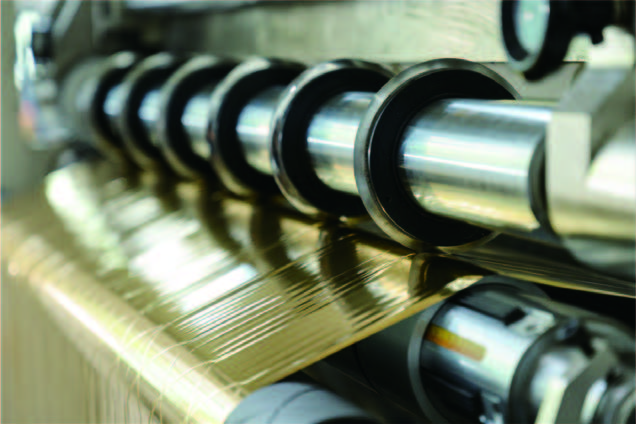
Second, the power system energy-saving transformation
1. Efficient motor and transmission optimization
◦ Replaced with IE4/IE5 ultra-high efficiency motors, reducing energy consumption by 5-10%.
◦ Permanent magnet synchronous motor (PMSM): 10-15% higher efficiency in variable speed operation.
◦ Direct drive technology reduces gear/belt drive losses and increases efficiency by 3-5%.
2. Frequency conversion speed regulation technology
◦ Dynamically adjust the speed according to the thickness and hardness of the material to avoid wasting energy during constant high-speed operation.
◦ Equipped with an energy feedback unit, braking energy recovery for other equipment.
3. Hydraulic System Optimization (if applicable)
◦ Hydraulic pump is driven by servo motor to supply oil on demand and reduce overflow loss.
◦ Upgraded to proportional valve control for precise pressure/flow adjustment.
3. Lightweight mechanical structure and low-friction design
1. Lightweight components
◦ The frame is made of high-strength aluminum alloy or carbon fiber composite material to reduce the mass of moving parts.
◦ Optimize the roller structure (e.g., honeycomb hollow design) to reduce rotational inertia.
2. Low-friction technology
◦ Use self-lubricating bearings (e.g., graphene-coated bearings) or magnetic levitation bearings.
◦ Linear guides are replaced with roller guides, and the coefficient of friction is reduced by 40%.
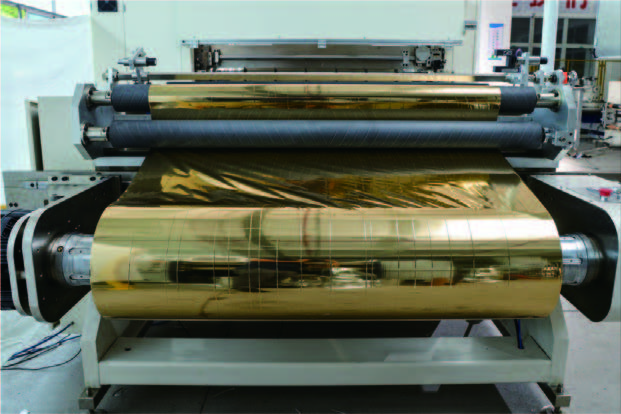
Fourth, intelligent control and process optimization
1. Adaptive control system
◦ Adjust cutting parameters (such as feed rate, pressure) in real time through force sensor + AI algorithm.
◦ Machine learning historical data to optimize cutting paths and reduce idle strokes.
2. Energy monitoring platform
◦ Install smart meters, analyze the energy consumption of each module, and locate the high-energy-consuming links.
◦ Set the automatic standby mode to slow down or stop when the device is idle.
3. Process integration
◦ Implement the "one-cut, multi-cut" process (e.g., simultaneous slitting of multi-layer materials) to improve the efficiency of single processing.
◦ Optimize rewinding and unwinding tension control to reduce energy loss caused by material stretching.
5. Energy saving of auxiliary systems
1. Lubrication and cooling system
◦ Minimum quantity lubrication (MQL) replaces traditional spray cooling, reducing fluid consumption by 90%.
◦ Use phase change cooling techniques such as liquid nitrogen local cooling to reduce overall system load.
2. Compressed air is energy-saving
◦ If pneumatic clamping is used, switch to an electric clamping device or optimize the tubing layout (to reduce leakage).
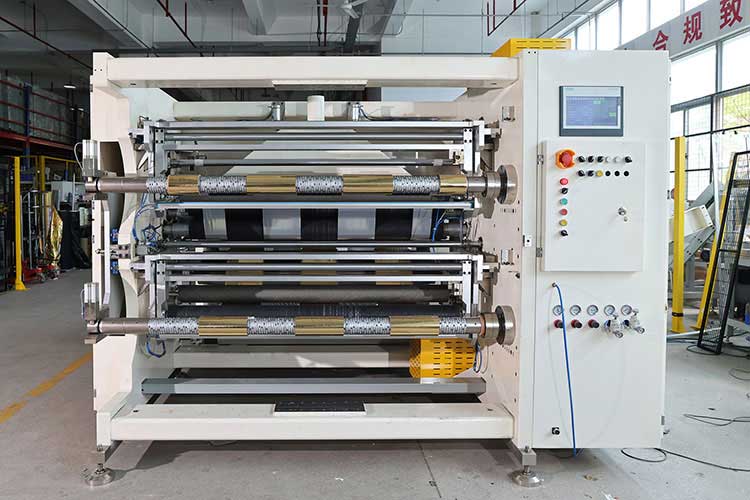
6. Maintenance and management measures
1. Preventative maintenance program
◦ Regularly calibrate the concentricity of the equipment to avoid eccentric load and increase the load on the motor.
◦ Clean the heat dissipation channel to prevent the motor from overheating and the efficiency decreases.
2. Employee training
◦ Standardize operating procedures (e.g., avoid overloaded cutting) to reduce human energy waste.
Typical case reference
• Transformation effect of a packaging company:
Through the frequency conversion motor + intelligent control system, the overall energy consumption of the slitting machine is reduced by 22%, and the blade life is extended by 50%.
• Metal Slitting Machine Applications:
The use of CBN-coated blades and direct-drive motors reduces energy consumption per ton of material by 18%.
summary
The energy saving of the slitting machine needs to start from the multi-dimensional "equipment-process-management", and give priority to projects with high return on investment (such as frequency conversion transformation, high-efficiency blades). Combined with industry trends, digital twin technology can be used to further optimize energy efficiency and achieve green manufacturing in the future.



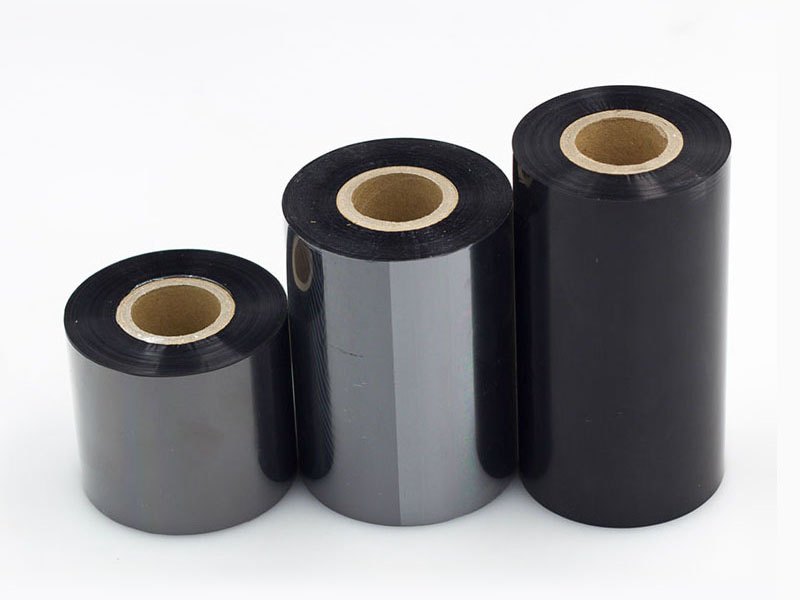
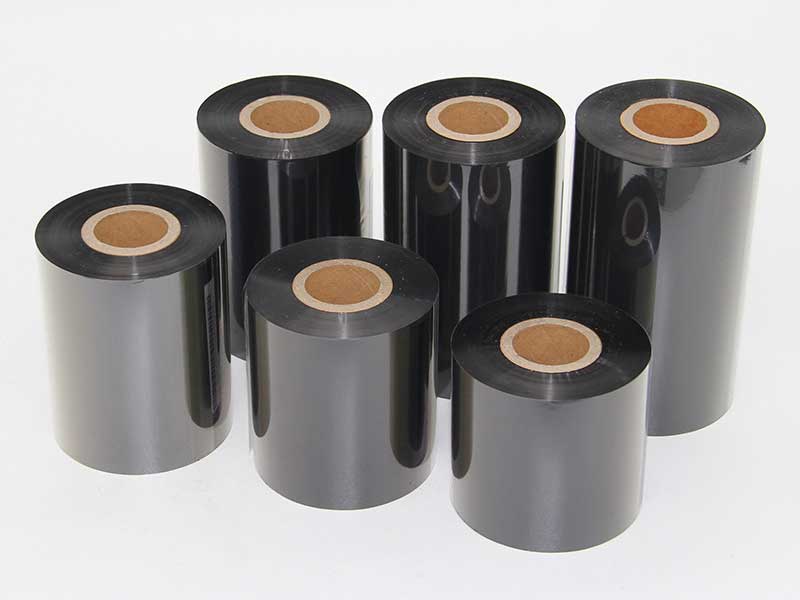
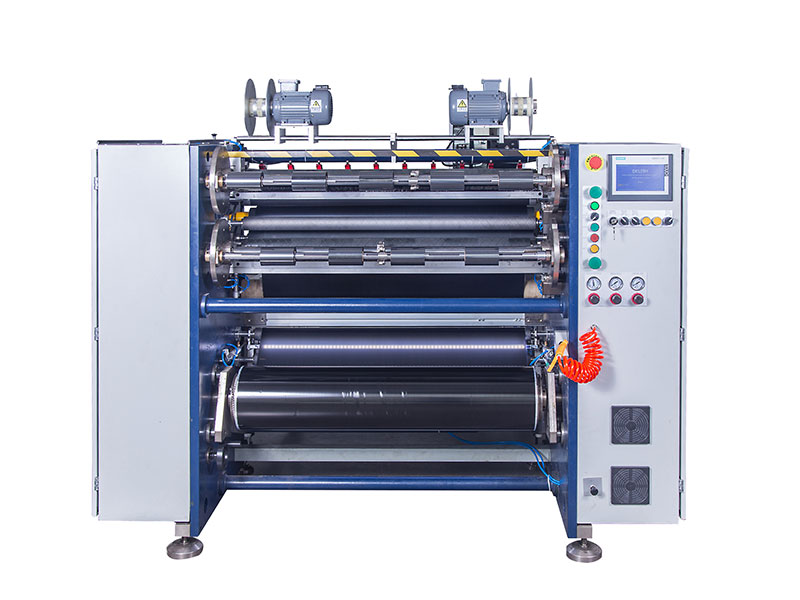
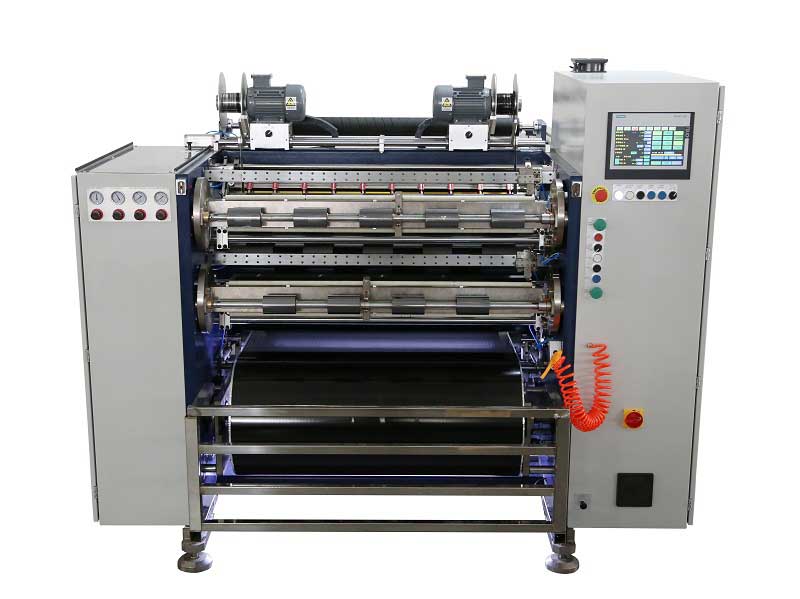 Automatic Thermal Transfer Ribbon Slitting Machine RSDS8 H PLUS
Automatic Thermal Transfer Ribbon Slitting Machine RSDS8 H PLUS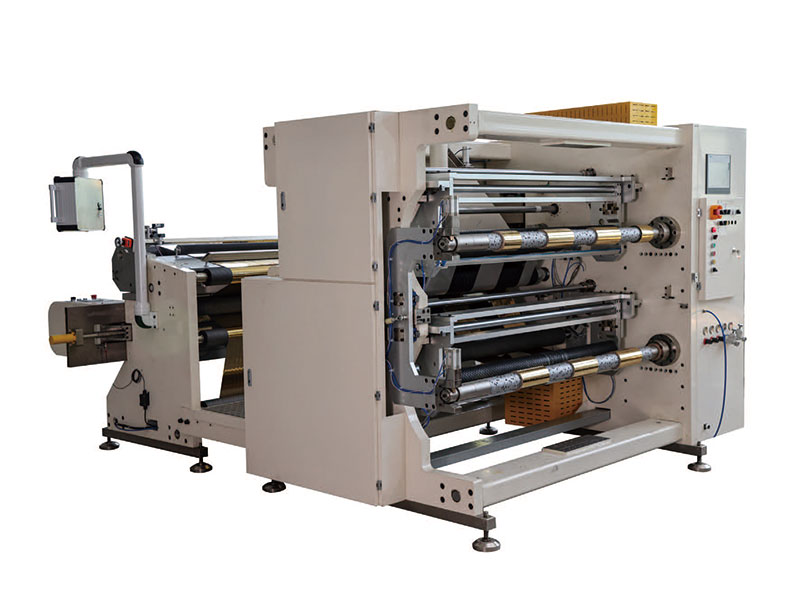 1400mm Hot Stamping Foil Slitting Machine
1400mm Hot Stamping Foil Slitting Machine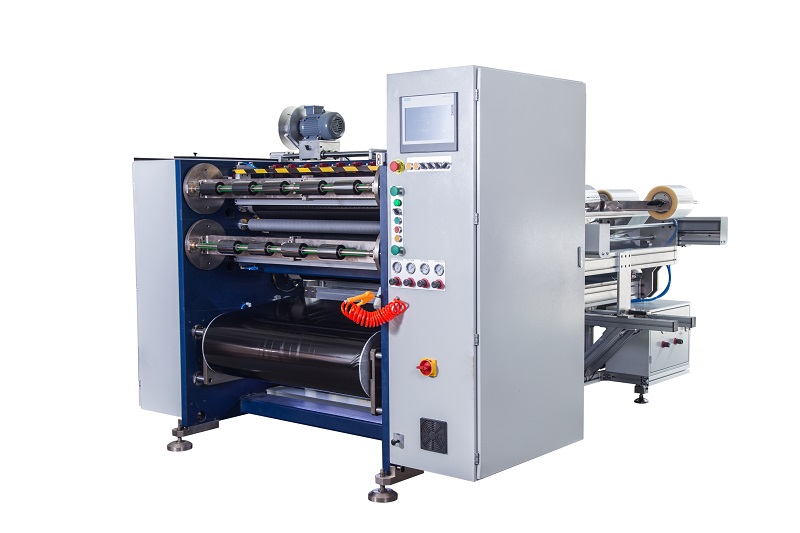 Semi Automatic Thermal Transfer Ribbon Slitting Machine RSDS5 PLUS
Semi Automatic Thermal Transfer Ribbon Slitting Machine RSDS5 PLUS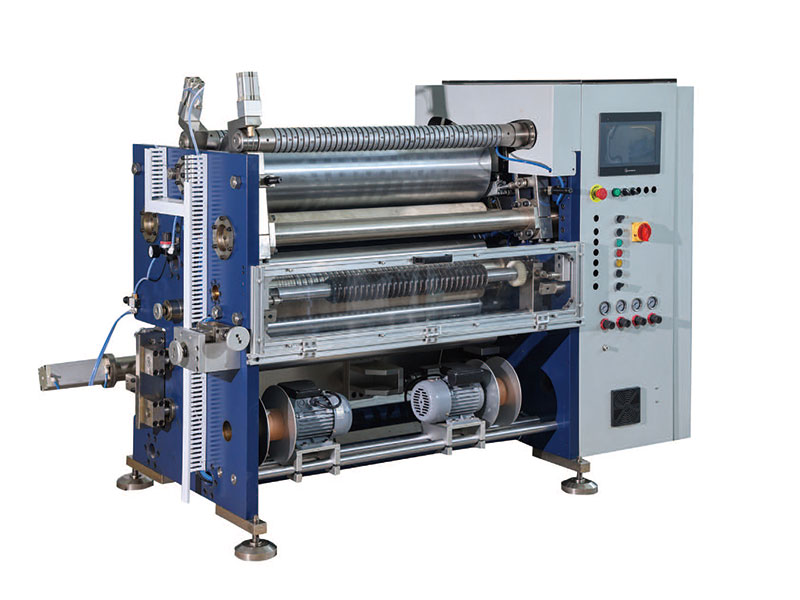 800mm Hot Stamping Foil Slitting Machine
800mm Hot Stamping Foil Slitting Machine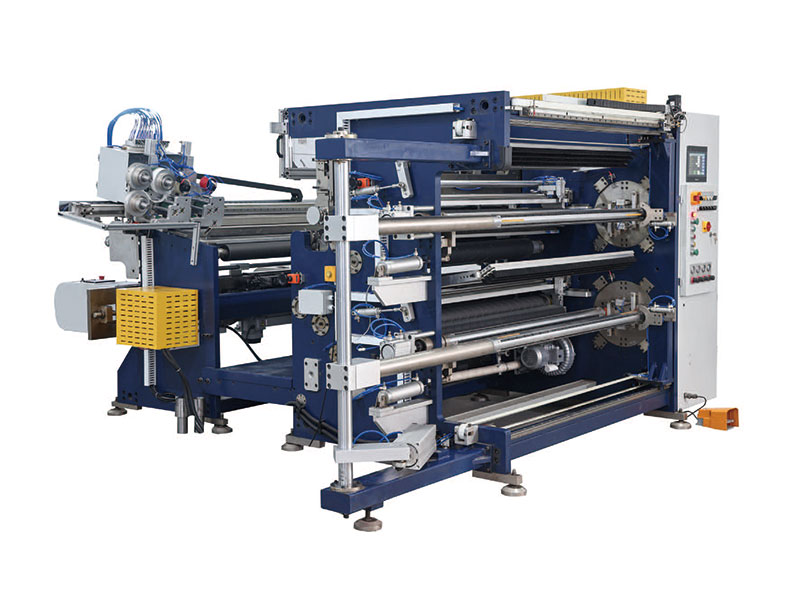 1350mm Hot Stamping Foil Slitting Machine
1350mm Hot Stamping Foil Slitting Machine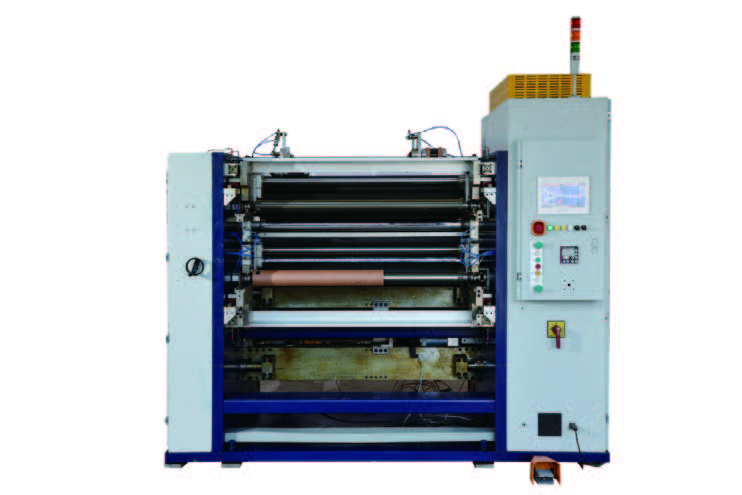 New Energy Ultra-thin Film Slitting Machine For Capacitive Film
New Energy Ultra-thin Film Slitting Machine For Capacitive Film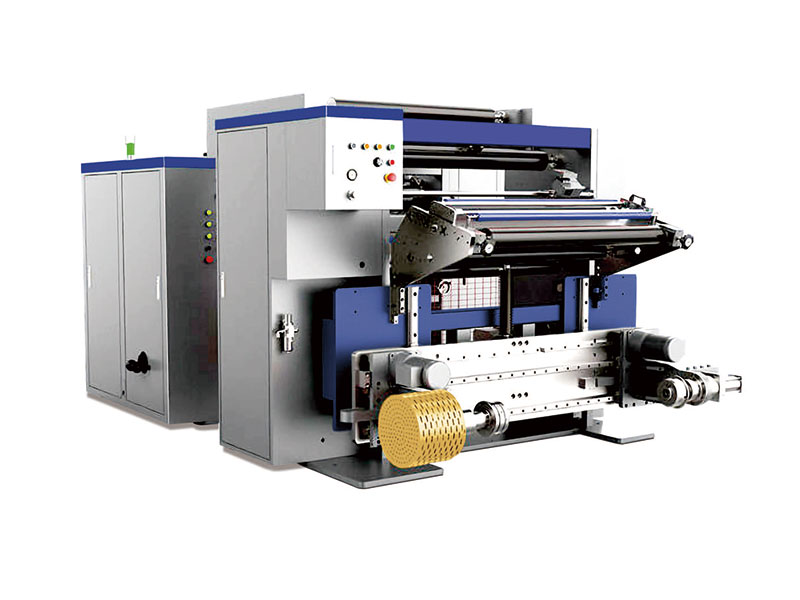 High Speed Slitting Machine
High Speed Slitting Machine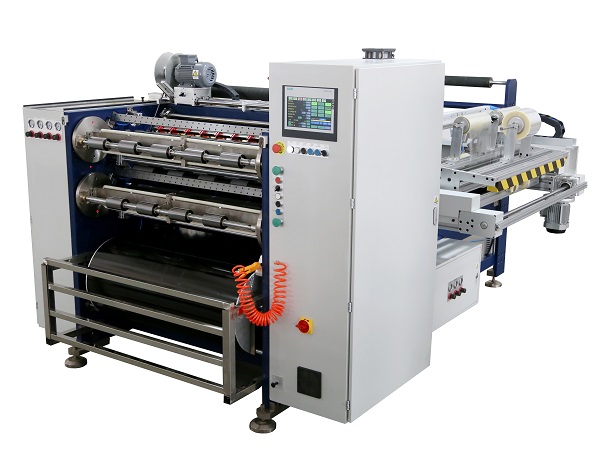 Automatic Thermal Transfer Ribbon Slitting Machine RSDS8 PLUS
Automatic Thermal Transfer Ribbon Slitting Machine RSDS8 PLUS

